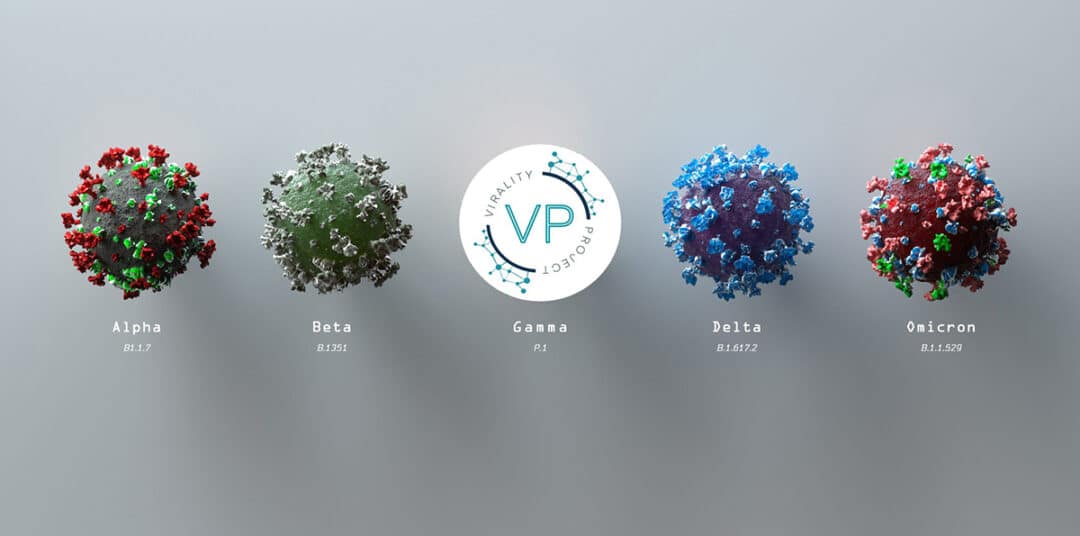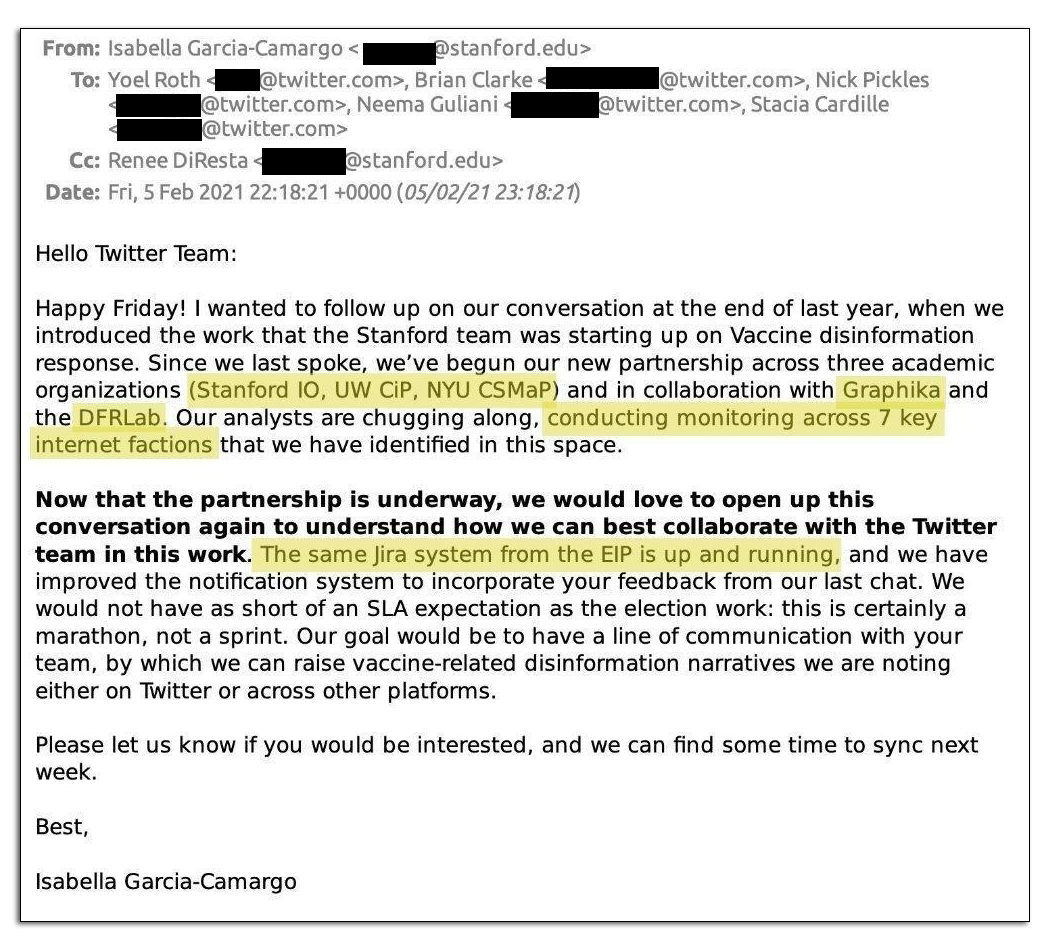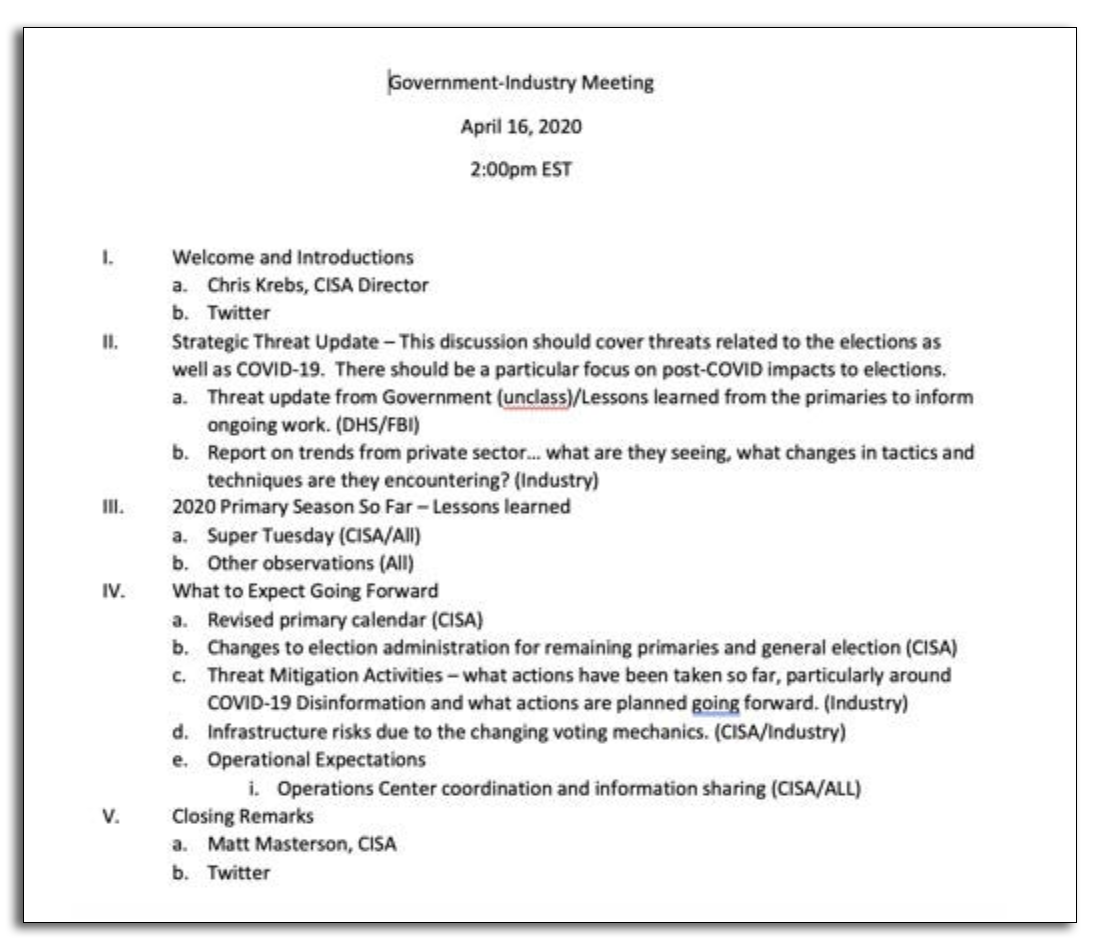Subscribe to Zero-Sum Pfear & Loathing



by Alex Gutentag and Andrew Lowenthal | Nov 10, 2023
A Stanford Internet Observatory (SIO) spokesperson says it “did not censor or ask social media platforms to remove any social media content regarding coronavirus vaccine side effects.” This denial came in response to Twitter Files published by Matt Taibbi in March, which revealed that SIO’s so-called “Virality Project” had pushed platforms to treat user concerns about vaccine mandates and passports as “disinformation” and to consider “stories of true vaccine side effects” to be actionable content on social media. The Virality Project was an initiative undertaken jointly by Big Tech, universities, and NGOs to combat “anti-vaccine misinformation.” SIO responded to Taibbi’s Twitter Files by claiming that his findings were “inaccurate and based on distortions of email exchanges in the Twitter Files.”
But new evidence shows that Stanford lied about the scope of the Virality Project and that its censorship efforts were undertaken on behalf of the US government.
As Public reported on Tuesday, new documents shared by the House Judiciary Committee revealed that the Department of Homeland Security (DHS), created the Virality Project’s predecessor, the Election Integrity Partnership (EIP), to censor protected speech. Explains the committee, “EIP reconstituted as the Virality Project” and continued working with the federal government. The Twitter Files also found that the Project partnered “with several government agencies,” including the Cybersecurity and Infrastructure Security Agency (CISA), the Office of the Surgeon General, and the Centers for Disease Control (CDC).
Still, Stanford and the mainstream media insist that “disinformation” experts were merely conducting research, and not involved in actual censorship.
Now, an investigation by Public has uncovered clear evidence that the Project was directly and deliberately involved in successful censorship efforts. Public analyzed a trove of newly released Jira system tickets, the Virality Project’s tipline to social media companies. These tickets overwhelmingly contradict Stanford’s assertion that it did not try to get content censored.
The Virality Project, acting as a cut-out for DHS and CISA, worked directly with employees at Facebook, Google, YouTube, TikTok, and more, who were all signed up to their Jira system. Those companies regularly assured the Project that they were addressing the content it flagged. Companies responded with comments like, “Thanks for flagging this. We have actioned the content,” or “Thanks for escalating to us — our team is looking into this now.” The Virality Project kept track of actions on the content it flagged, and was frequently successful in getting content labeled or removed by platforms, and in getting users suspended.
The Virality Project appears to have played a major role in one particularly infamous case of Covid-related censorship. On March 15, 2021, Harvard professor of medicine Martin Kulldorff tweeted, “Thinking that everyone must be vaccinated is as scientifically flawed as thinking that nobody should. COVID vaccines are important for older high-risk people, and their care-takers. Those with prior natural infection do not need it. Nor children.”
“Dear Twitter Team,” a representative of the Virality Project wrote in response to Kulldorff’s post, “This Tweet directly contradicts CDC’s advice.”
“Thanks team — we’re looking into this,” a senior Twitter Trust & Safety policy specialist wrote back.
Kulldorff’s tweet was then labeled as misleading and he was temporarily suspended from the platform. Internally, the Virality Project identified Kulldorff, a renowned biostatistician, as a “repeat offender.”
This process was indeed a deliberate, state-sponsored act of censorship. In many egregious instances, the Virality Project — again, a government cut-out — intentionally and knowingly worked to silence and deplatform social media users. Jira records vindicate the Twitter Files and are evidence of First Amendment violations.
These are some of the Virality Project’s most egregious, absurd, and anti-science censorship efforts:
According to Stanford, the Virality Project’s work “centered on identification and analysis of social media commentary relating to the COVID-19 vaccine, including emerging rumors about the vaccine where the truth of the issue discussed could not yet be determined.” Yet in its Jira system, the Virality Project expressed absolute certainty about the vaccine, called doubters “anti-vax,” and targeted individuals like Kulldorff who challenged CDC advice. The Project clearly aimed to control the vaccine narrative and prohibit questions about vaccine safety and efficacy.
The Virality Project also flagged swathes of content related to general concepts like medical freedom and protests in opposition to government mandates. Why did the Virality Project have this mission, and why is it denying its participation in these activities?
Despite Stanford’s denials, comments on the Jira system reveal that the Virality Project was aware that part of its purpose was to have companies “take action” on content. In one exchange with Facebook representatives, a Virality Project flagger told the company that a vaccine side effect group “was already taken down once,” suggesting that it should be taken down again. One flagger asked Google, “Is this against your policies?” In another instance, a Virality Project representative wrote that a tweet did not have enough engagement to pursue, but that they were still “happy to flag it to Twitter for it to take action under its policies.” Although Stanford claims the Project was merely engaged in “analysis,” Jira tickets such as these prove that it clearly made considerations about content removal.
The Virality Project’s identification of social media commentary was centered around encouraging vaccination and removing any narrative that could discourage vaccination. This often meant labeling reasonable doubts as conspiratorial or anti-vaccine. For instance, the Project identified “conspiracy theories” about the Delta variant, but alerted social media platforms to associated posts that were not conspiracy theories at all, but rather questions about vaccine efficacy and breakthrough infections.
The Virality Project seemingly considered vaccine hesitancy to be almost exclusively right wing, labeling vaccine skeptical posts as “right wing” even though the vast majority of these posts were not explicitly political.
The Project did identify some “disinformation” rumors about topics like 5G, microchips, and the “mark of the beast.” But it was more concerned with general objections to vaccine mandates and Big Pharma, scientific debate around natural immunity and vaccine side effects, and broad resistance to government dictats.
The Virality Project, through its academic veneer, provided a rationale for the move to frame true content that could fuel hesitancy as “misinformation.” As the EIP did, the Virality Project worked to “fill in the gap of things the government couldn’t do,“ providing a way for CISA to launder its censorship operation. The close relationship between the Project and CISA is further evidenced by the fact that one Stanford student who acted as the Project’s primary correspondent with Twitter is now employed by CISA.
Evidence of illegal DHS and CISA involvement in censorship is a likely factor behind Stanford’s attempts to characterize its activities as innocent research. Twitter Files suggest that in late 2020, Stanford was already proposing turning the DHS-created EIP into what would become the Virality Project.
In the below Twitter File, Virality Project staff explain that the same Jira platform as EIP was to be used.

Stanford staff also reassured Twitter’s Head of Trust and Safety, Yoel Roth, that he needn’t sign up again as he can make use of his EIP account. “Yoel, your Jira credentials are the same as from the EIP,”
Indeed, as published on Tuesday by Public, at inception the broader CISA initiative was to include content related to Covid-19. The Virality Project was said strictly to relate to vaccine “misinformation” but routinely went beyond this scope.

The Jira tickets also show that the Virality Project had deep connections to the larger Censorship Industrial Complex, and other major censors like the Aspen Institute. A little-known project called the Algorithmic Transparency Institute (ATI) appears to have played a role in the Project’s activities. ATI ran two important projects, “Junkipedia” which the Virality Project used to collect and store “misinformation” examples, and the Civic Listening Corps, a Stasi-style initiative that mobilized volunteers to seek out WrongThink online for reporting to social media.
ATI was an initiative of the National Conference on Citizenship, a Congressionally chartered nonprofit. Its chair at the time was Garret Graff, director of cyber initiatives at the Aspen Institute and coordinator of the infamous Hunter Biden laptop tabletop. It was Graff that brought together and encouraged the New York Times, Washington Post, Twitter, Facebook, CNN and others to bring their “most devious and cynical imaginations!” as they practiced their response to the “theoretical” hack-and-leak operation two months in advance of its public appearance.
That SIO now feels the need to deny key elements of its work on the Virality Project, and even attempt to evade subpoenas from the House Judiciary Committee, shows that the censors are much weaker now than they were in 2021. Two years ago, the Virality Project could operate both in plain sight and with impunity. Now, its architects are trying to cover their tracks.